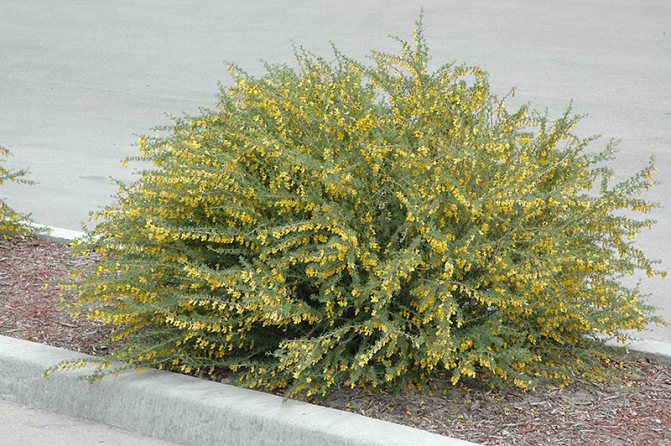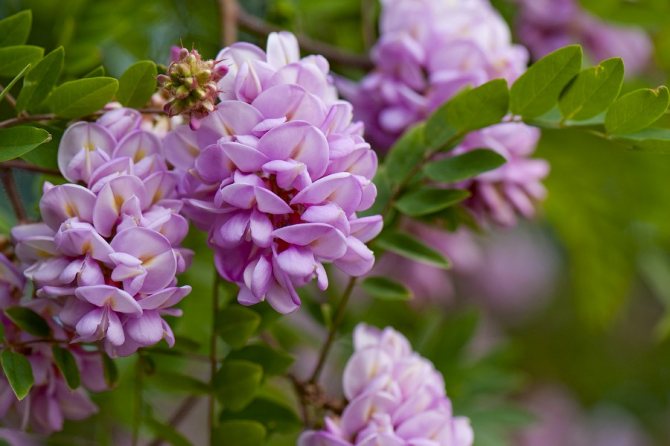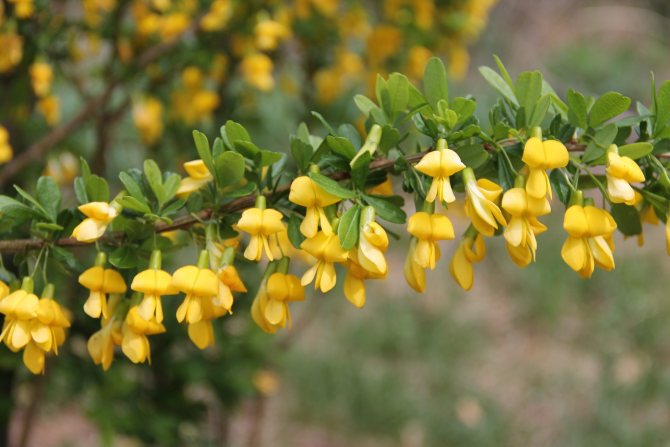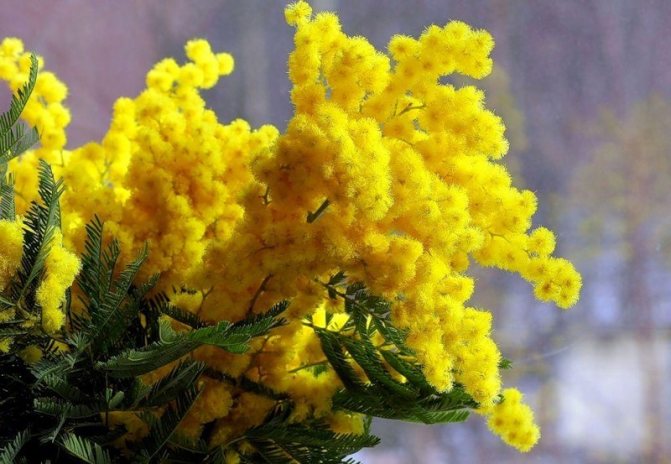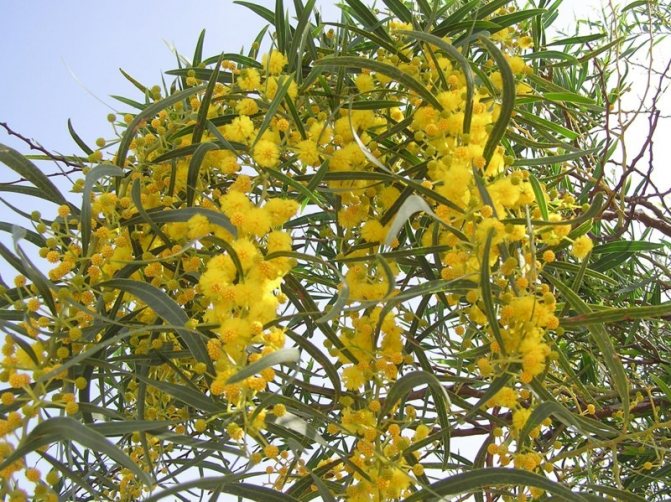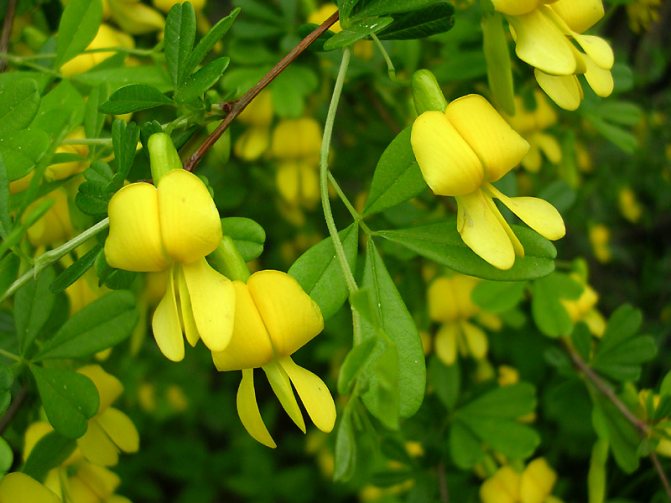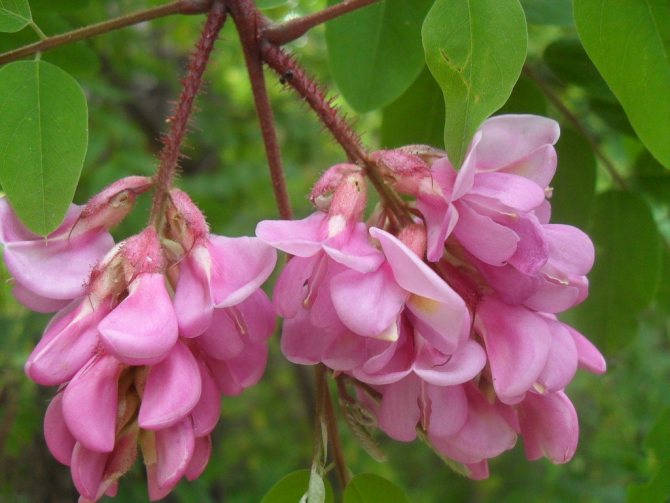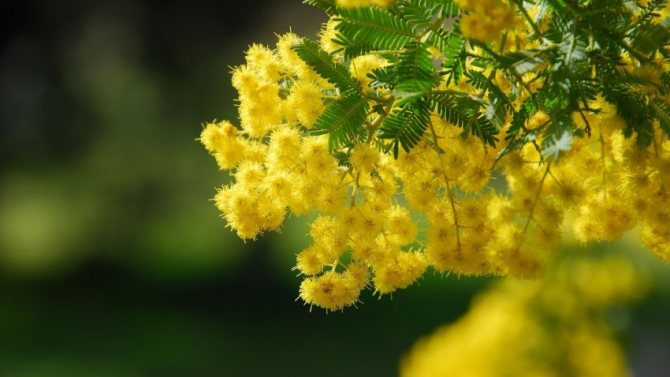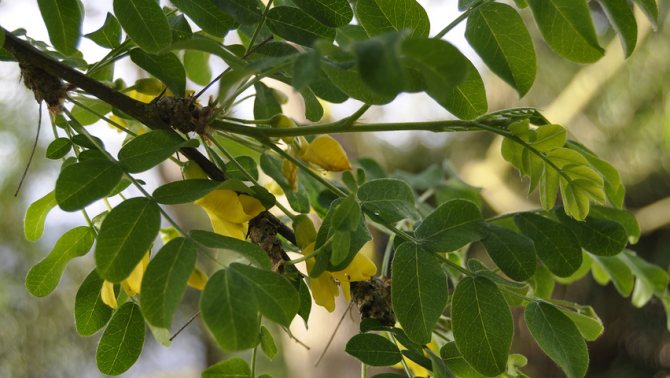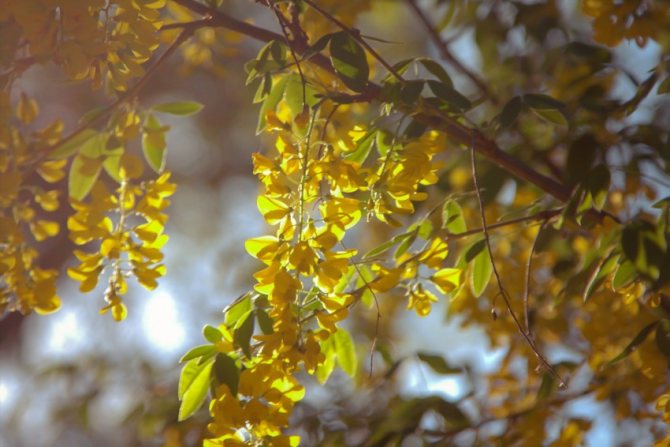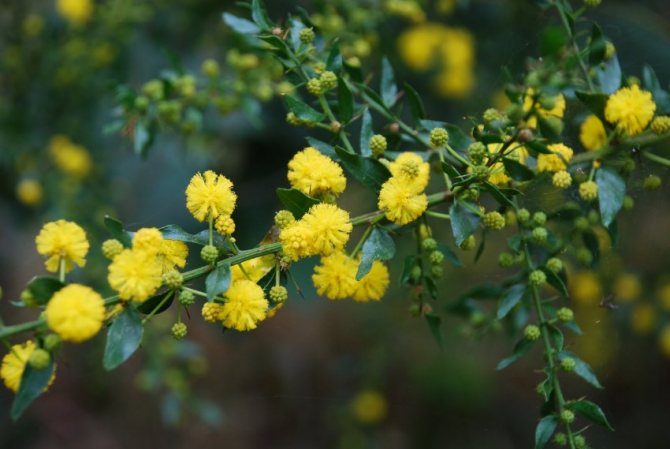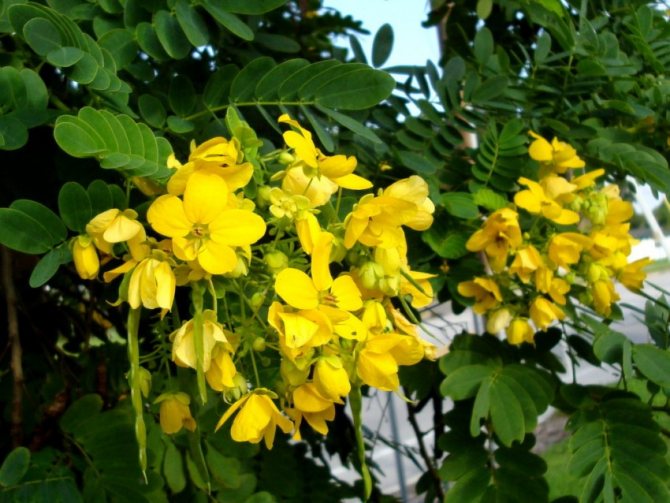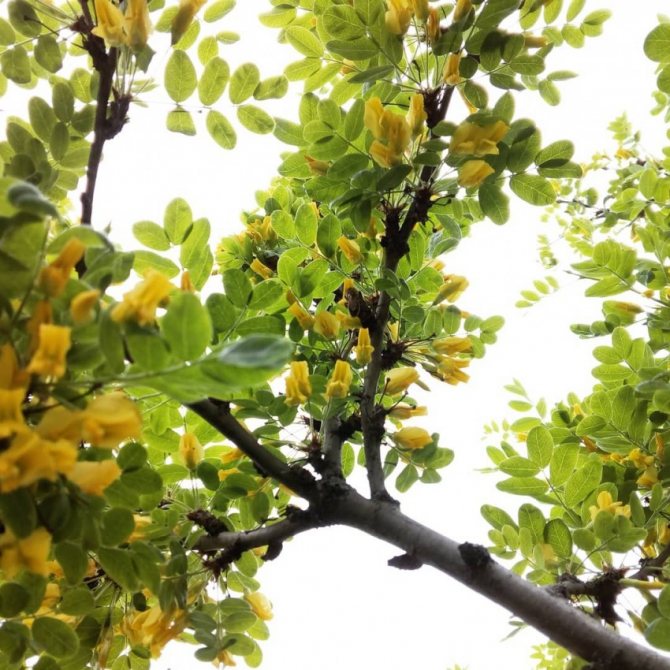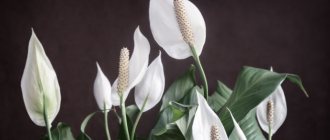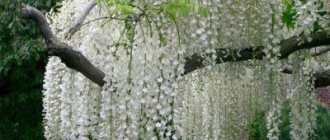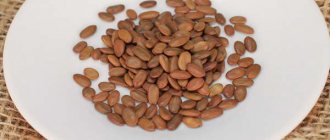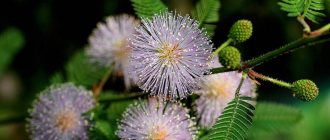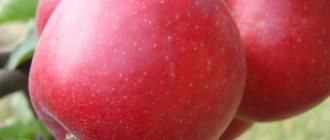In city squares, recreation parks, personal plots, and almost everywhere, you can observe a beautiful tree or a tall bush with beautiful yellow flowers and an unusual leaf shape. This is a tree caragana, which belongs to ornamental trees and shrubs. The genus Karagan belongs to the legume family, since the fruits of the tree are elongated boxes - pods. There are about 70 species, the growing area of which is extensive: Altai, the Far East, Central and South Asia, Western Siberia.
Caragana shrub is loved by gardeners for its unpretentious disposition, simplicity of reproduction, ease of cultivation and excellent appearance. In its genus, it has a number of varieties that easily get along with each other and with other garden ornamental shrubs. These include, for example, pendula tree caragana, dwarf, weeping and others. In addition to the beautiful view, easy cultivation, caragana is an excellent honey plant. The constituent parts of the shrub are used to treat skin diseases, diseases of the digestive tract, atherosclerosis, diathesis, heartburn, headache and other ailments.
Botanical description
Robinia pseudoacacia - Robinia pseudoacacia or pseudoacacia came to Europe from North America. Due to its high adaptability, it has taken root in all regions with a temperate climate, and has long been perceived in the Old World as a local plant. It is a large tree 20–25 m high and 60–90 cm wide. The bark of the young growth is gray-brown, smooth. Darkens with age, thickens, interrupted by deep longitudinal cracks... Shoots are densely branched, glabrous, light olive in color, with small, barely visible buds. The crown is spreading, openwork, rounded in the upper part, forming several separate wide tiers from top to bottom.
The roots of the acacia tree have many branches, they penetrate in depth and in width for several meters. At the ends of the shoots, there are points sensitive to nitrogen compounds.
Leaves are light, bluish-green, odd-pinnate, consist of 7–21 elongated lobes, almost sessile on central petioles. Plates 3-4 cm long, about 1.5 cm wide, with rounded or notched apices. The back of the leaves has a matte silvery shade.
The flowers are greenish-white or creamy, 10–17 mm in size, bell-shaped, collected in drooping carpal inflorescences 15–20 cm long. In warm regions, the flowering period begins in May, temperate and continental - in June or July.
Fruits: flat, tough beans 5–12 cm long with a brownish brown skin. Ripen at the end of September. Inside contains from 3 to 15 smooth kidney-shaped seeds, light green or spotted.
Robinia is light-loving, unpretentious to the composition of the soil, capable of withstanding prolonged drought. In mixed forests, it is adjacent to pine, maple or oak. It grows very quickly, rising in height by 60–90 cm per year. Easily recovers by root shoots after cutting.

Subsort
The most common varieties of Robinia include sticky, New Mexican, yellow, fragrant white, bristly hair.
New Mexican
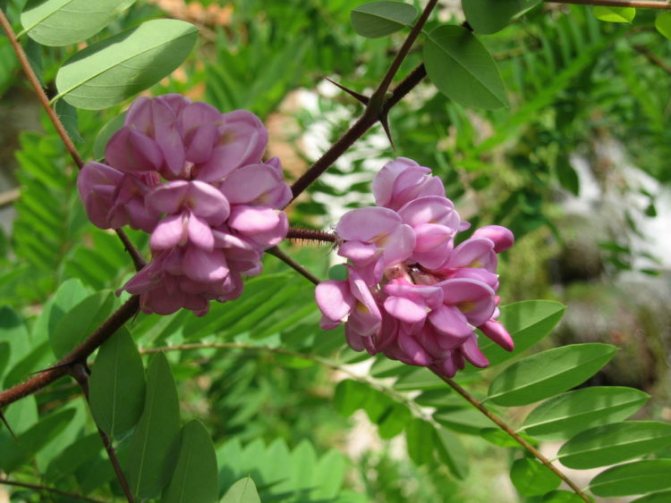

New Mexican acacia grows no more than 12 m. Its delicate pink flowers are odorless.
Sticky
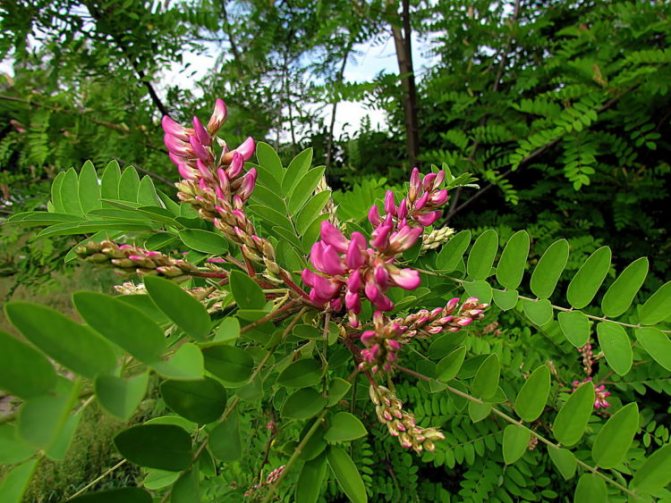

The sticky acacia has a rounded crown. It blooms in pink flowers with a purple tint. The tree is called this because it has sticky hairs on:
- shoots;
- inflorescences;
- leaves.
Yellow
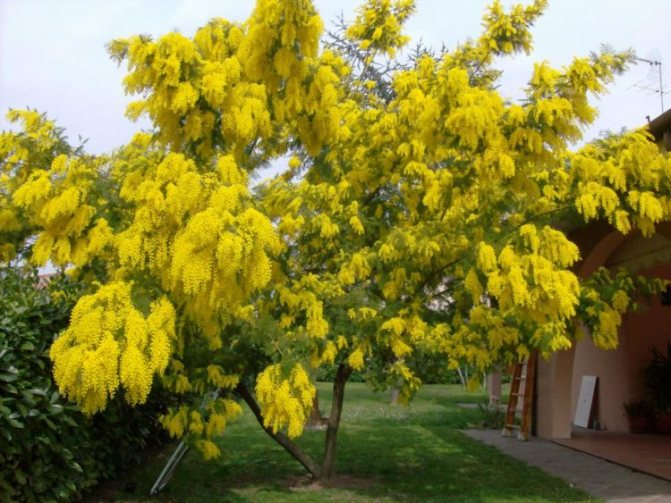

The yellow acacia, called kargana, is a multi-stemmed shrub. It grows up to 3 meters in height. His bark is gray-green, the flowers are also yellow. Previously, this yellow acacia was popularly called a pea tree.
With pink flowers


There is also another shrub form of acacia with pink flowers. It is distinguished by reddish bristles covering the entire plant.
Medicinal properties
The bark, greens and flowers of white acacia are medicinal natural raw materials. They contain glycosides and a number of other chemically active substances:
- tannins;
- alkaloids;
- salicylic acid esters;
- flavonoids;
- phytosterol;
- essential oils;
- tannins;
- ascorbic acid;
- vitamins A and E.
Preparations based on this raw material have a strong choleretic, expectorant, hemostatic, anti-inflammatory, antispasmodic, antipyretic effect.
The seeds and other parts of white acacia contain the poisonous alkaloid robinin.... A large amount of it, when ingested, causes severe intoxication, so you need to handle the tree carefully. Poisoning can occur both when collecting flowers, fruits and bark, and when harvesting wood. Its main signs are: severe nausea, headache, physical weakness.


Contraindications
Despite the rather wide range of positive effects on the body, caragana, like any product, has its own contraindications. These include hypervitaminosis and intolerance to plant components. Moreover, the preparations obtained from the fruits of the shrub caragana are very toxic and life-threatening if taken!
With fruit poisoning, general weakness, vomiting, abdominal pain and hallucinations are observed. In some cases, death from overdose can occur.
Application
Robinia is considered an invasive species, since, quickly developing new places, it disrupts the natural ecosystem of the region, displacing weaker species and expanding the range. Despite this, nowhere do they strive to completely exterminate the white acacia, given its medicinal and other useful properties.
Wood
The robinia woodland belongs to the sound species. It has a light greenish-brown or grayish-yellow shiny surface with a contrasting pattern of annual rings and pith rays. It is a tough solid material that surpasses oak and ash in density. In the process of drying it is capricious, but in the finished form it acquires plasticity, biostability and wear resistance. It lends itself well to all types of carpentry processing, bends, holds any types of fasteners, is impregnated with varnishes and paints.
White acacia is suitable for external and internal construction work: it is used when installing earth piles, erecting supports in mines, railway sleepers, temporary bridges, fences. It is used to make furniture, wall finishing panels, parquet flooring, axes, and agricultural implements handles.


Traditional medicine and homeopathy
Flowers, bark and young sprigs of white acacia in folk medicine are used to prepare medicinal decoctions and infusions for influenza, pneumonia, rheumatic and muscle pains, neuralgia, kidney disease, bladder, liver, stomach, intestines. Alcoholic tincture of the bark is used to increase acidity, with hypokinetic cholecystitis.
Outwardly, the infusion from the bark is used to disinfect cuts, abscesses, abrasions, and to heal boils and ulcers.
The alkaloid robinin, which the parts of the plant are saturated with, is poisonous in high concentration... Like many natural toxins, it is in demand in homeopathy and serves as a raw material for the manufacture of multidirectional drugs: for headaches, joint and toothaches, disorders of the female menstrual cycle, colitis, pancreatitis, vascular dystonia, neuroses, insomnia, exhaustion.
Landscaping
Robinia pseudo-acacia is planted along the slopes of ravines, railroad embankments, along the edges of abandoned quarries and farmland. Thanks to a powerful branched root system, these trees perfectly strengthen the soil crumbling in places of slopes. High spreading crowns provide reliable wind protection, preventing soil erosion.
Robinies are good in parks, city squares and gardens... They are decorative, they are not afraid of gassed and smoky air. In regions with severe winters, they rarely grow above 10 m, they often branch out, forming shrub forms. In the adjoining territories, they can be planted singly or create hedges.


Chemical industry and pharmacology
Plants produce yellow and blue pigments from the bark and leaves. They are used for the production of dyes and leather tanning.
Fragrant essential oil of flowers is a popular fragrance in the pharmaceutical, perfumery and cosmetic industries.
Use in garden design
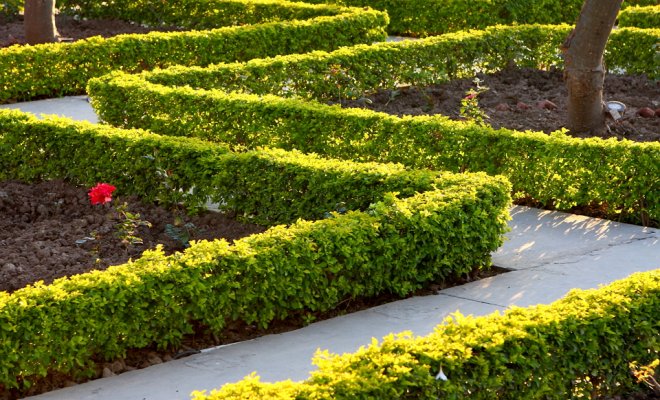

An unpretentious disposition, dense foliage, short stature, and at the same time a fast-growing bush, is very valuable in garden design. The main application is in the creation of hedges.
The use of compositions from several representatives of this genus - tree caragana, Pendula, Ussuri and others, allows you to create amazing living green edges, fortifications for slopes, dense protective strips. The plant is used to preserve crumbling slopes.
The amazing and beautiful caragana shrub can not only delight with its appearance and variety of forms, but also allows you to get medicines for the treatment of various ailments. Beautiful fragrant flowers, unusual leaves, intricate branches - all this can be seen in the nearest forest belt, city park or arboretum.
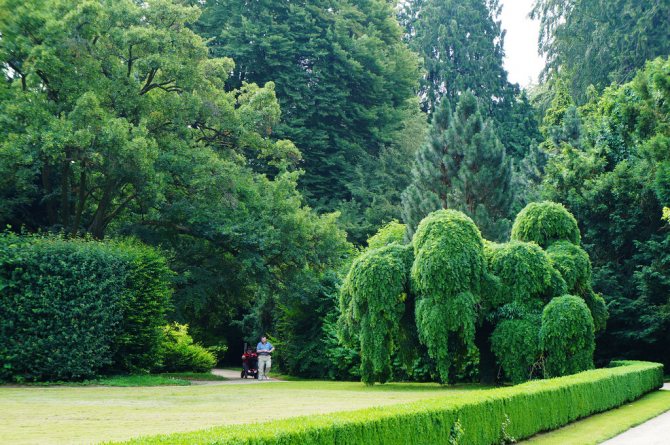

Acacia honey
Robinia is a valuable honey plant. During the flowering period, fragrant brushes attract bees from all around. One large adult tree can produce up to 15 kg of nectar per season.
Acacia honey is considered healthier than other types... It contains less organic acids and pollen, therefore it is approved for use by people with high stomach acidity and those who are prone to allergies. In terms of antimicrobial and anti-inflammatory qualities, this honey is superior to other varieties.
Another important feature is that it remains liquid for a long time.... While other species crystallize 2-3 months after harvest, the acacia species retains its transparency for almost two years. The proportions of sugars in it are different: fructose predominates over glucose by almost 1.5 times. This allows the product to be used for cosmetic and medical procedures in which heating is unacceptable and a liquid substance is required.
The taste of robinia honey is delicate, with a subtle floral aroma and a bitter aftertaste.


Growing places
The acacia tree belongs to the legume family and can grow up to 25-30 meters in height. The native land of the plant is considered to be North America, although most of its species grow in the tropical and subtropical forests of Africa, Asia, Mexico and Australia.
Depending on the location, this plant can be both trees and tree shrubs. It has been cultivated in European countries since the 18th century because of its medicinal properties, beauty and strong wood. Today, in many cities of Russia and the CIS, you can see its most common type - robinia, which is known as white acacia. The tree is able to withstand freezing temperatures as well as the silver acacia, better known as mimosa.True white acacia grows exclusively in the tropical forests of Africa.
Landing
To place a robinia, it is necessary to choose flat or elevated, well-lit areas with a low groundwater level. The fertility of the soil does not matter much, its looseness and alkaline reaction are more important. This plant is not afraid of saline soils. It is recommended to add lime, dolomite flour, wood ash to acidic ones. Heavy soils - thin with sand.
When choosing planting sites, you need to retreat away from the walls of buildings, fruit trees and vegetable beds. Over time, the roots of the acacia will grow in width and drown out all others. The presence of communications: cables, pipelines is a big obstacle for Robinia.
It is advisable to carry out the work in early May... Too early or autumn plantings may suffer from extreme cold. The earth around the future seedling is dug up, removing the grass. The pit is prepared with a depth and width of twice the volume of its roots. With insufficient looseness of the soil, a thick layer of stone drainage is laid on the bottom. The root collar is not buried when planting a tree. At the end of the work, a bucket of water is poured under the barrel. It is recommended to mulch the adjacent soil with a 7–8 cm layer of high moor peat.
Prevention of various problems
Although white acacia perfectly adapts to different growing conditions, it is still necessary to do some work in order for it to delight with its flowering for a long time.
The acacia tree requires:
- Obligatory weeding and mulching of the area around the trunk.
- Only young seedlings need to be watered, while the water should not stagnate.
- By all means, trees are treated every spring in order to prevent the development of diseases.
The white acacia is the most beautiful representative of the flora. Once, having planted this tree in your garden, you can enjoy its flowering and exuded aroma for many years. The beautifully blooming white acacia is often decorated with courtyards near houses, streets and parks so that when the season comes, it blooms wonderfully and gives joy to everyone around.
Care advice
Robinies are not capricious and resistant to adverse weather conditions, so they do not cause trouble to take care of themselves.
Watering plants is required only in the first two seasons and only in drought.... Mature trees develop strong roots and extract moisture from the soil. Excess water will damage them, causing decay.


There is no need to feed white acacia... It itself enriches the soil with nitrogenous compounds, and transforms substances in the soil for rapid growth. Trees begin to bloom 3-4 years after planting. If the formation of inflorescences is delayed or they are very rare, it is recommended to apply potash fertilizers to the soil in the spring. They can be scattered dry around the trunk and then slightly moistened. Weeds under the trunks should be removed. There should be no sod over the roots of Robinia.
For the winter, young seedlings need to be insulated... The roots are covered with a thick layer of peat or leaves, and the crowns in severe frosts are wrapped in a thin burlap. Frosting branches in spring can be cut short without regrets - this stimulates the further growth of trees. After 4–5 years, the frost resistance of the acacia improves; it is no longer required to cover it.
A shaping haircut is encouraged. Shoots can be shortened to half their length. This is required in March or April, before flowering begins.
Bloom
Flowering occurs at three or four years of age in May - June, the fruits ripen in September and weigh throughout the winter. A young plant must be looked after.
Care consists of the following regular actions:
- watering;
- top dressing;
- removal of dried-up branches;
- removing weeds.
It is necessary for the acacia to get a lot of sunlight; it is impossible to allow the shading of a young tree by nearby growing trees. Young seedlings need mulching the soil around them. Small pebbles or peat are suitable for this.
Important! So that the tree does not weaken, immediately after it has faded, you need to remove all dried flowers.
It so happens that the white acacia does not bloom for a long time. The reason for this is groundwater, which causes the roots to rot. If the tree is young, only transplanting will help to correct the situation, or planting a new seedling in a normal place.
Reproduction
You can breed white acacia with seeds, layering or root suckers. In the first case, the material is preliminarily scarified by incising a dense shell and embedded in the ground to a depth of 2-3 cm. The sprouts appear in 10-15 days and in the first season reach a height of 60-80 cm.
The offspring growing up to 40–50 cm are gently undermined in the summer and simply transferred to new places.
Varietal specimens can be propagated by air layers, bending strong long branches to the ground. In the place of contact with the soil, notches are made on them and instilled. During the warm season, the cuttings take root, the next year they are cut off and transplanted.
Recipes
The simplest recipe for using Robinia:
- Flower tea. Take 1 tbsp. spoon of raw materials, crushed and brewed with a glass of boiling water. Milk and honey are added to the finished drink, they drink a glass half an hour before meals for colds.
- With a long, incessant cough, a decoction of robinia flowers mixed with wheatgrass root is recommended. Raw materials are crushed, brewed with a glass of boiling water and infused for an hour, then filtered and taken in a third of the glass before each meal. If the infusion is replaced by simmering in a water bath for 20 minutes, an infusion is obtained for the treatment of inflammatory diseases of the genitourinary system.
- Aching joints are treated with a tincture made from 50 g of dried flowers and 400 ml of high-quality vodka. The mixture is infused for 3 weeks, after which it is rubbed against the skin in the area of the joints several times a day.
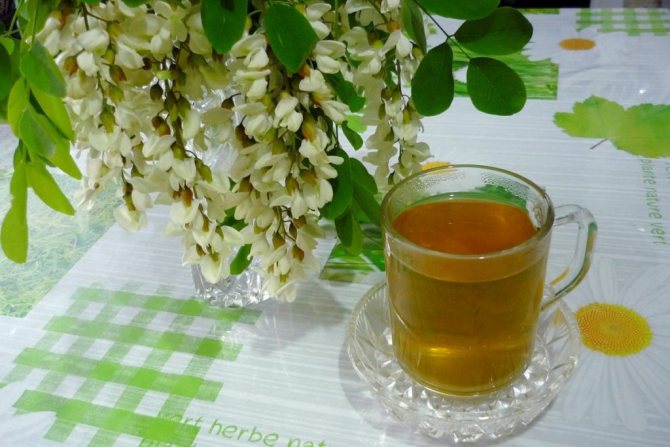

Acacia flower tea is taken for colds
No plant has had such a botanical confusion as with acacia. But various species of acacias, robinias and albits continue to raise their lush crowns to the sky, decorate gardens and parks with magnificent leaves and inflorescences, and supply folk healers with excellent medicinal raw materials.
Diseases and pests
If the regime of moistening the trees is organized correctly, they are not threatened by diseases. This is facilitated by the presence in the greenery and bark of toxic compounds that inhibit the activity of microbes.
White acacia parasites are threatened by a false shield and a sawfly... They suck the juices out of young greenery. To protect the crowns from pests, it is useful to regularly process them with infusions of hemlock, black henbane, and soda solution. In case of massive lesions, insecticides are more effective: Karbofos, Actor and others.
In favorable conditions, with proper care, robinia live up to 100 years, and with the threat of death, the plants are easily restored from seeds or by vegetative methods.
Photo
Below you can see a photo of the blooming Acacia:
Crimean
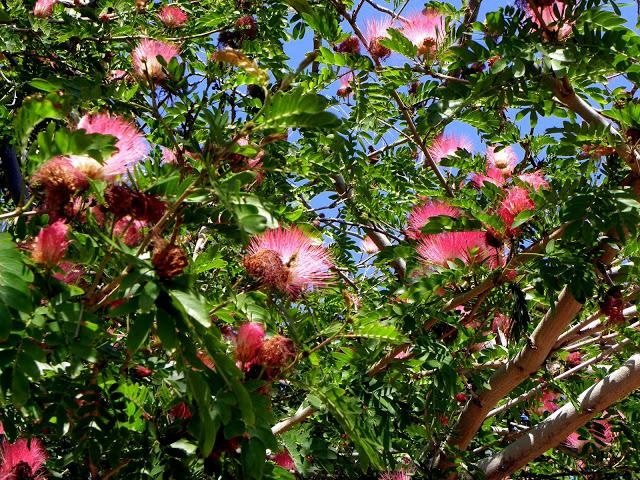

Crimean is considered to be Lankaran acaciawhich grows up to 12 m in height. At the same time, the crown of the tree has an attractive appearance, creating ornate patterns. The leaves have a large number of large veins, which is why they are often called "openwork". At night, they fold, opening only with the first rays of the sun. Blooming Crimean acacia gives off a delicate and sweetish scent that pleases the owners of the plant for the whole season. Its flowers are similar to a dandelion due to the large number of thin red and pink petals growing in the form of a ball.
Crimean acacia is very fond of warm and dry soil. To grow it, you need to create a fertile soil with lime elements. It is important to exclude any shading of the plant, as it loves direct sunlight.Watering this species is necessary very rarely, but abundantly. It is better to feed the tree from the second year of life. This should be done between May and July. Pruning excess branches should be done in early spring, before the flowering period. You can grow a tree from seeds in a warm room environment, and then plant it in prepared soil to strengthen the root system.
Nile
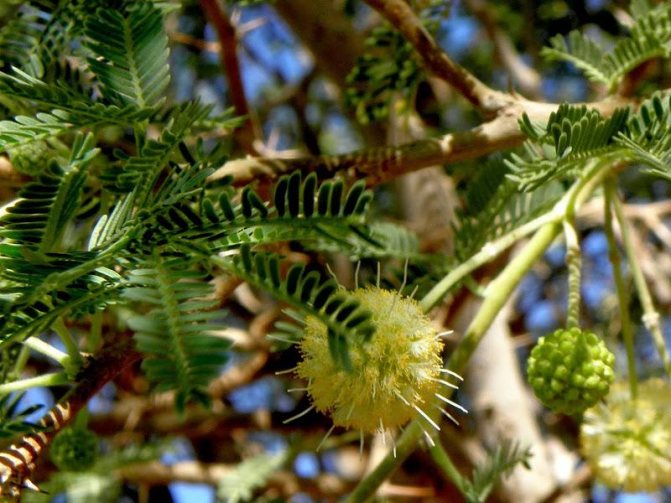

Nile or Arabian acacia grows in the form of a shrub or a low tree, reaching 4-6 m. Leaves grow chaotically, but have a certain order in tying. The inflorescences resemble a spikelet, from which a blooming ball of yellow and white color subsequently appears. On the branches of the Nile acacia, you can find triple sharp thorns. From the bark of the tree, gum is mined for medical development. The bark has an earthy hue, which can change to a grayer color with age.
Growing Nile acacia on your site is quite painstaking. Wood afraid of severe coldas it is a tropical plant. To get a strong and healthy acacia, you need to take care of its insulation. This is especially true for the cold season. The first few years, it is better to grow a tree seedling at home or in greenhouse conditions, periodically hardening it - taking it to cooler air for a short time. After planting in open ground, the tree must be insulated with the help of improvised means and fallen leaves. Nile acacia does not need feeding, pruning and abundant watering.
Honey plant
Yellow acacia has long been recognized as an excellent honey plant. This plant blooms from the end of May for two weeks. If the weather is cool in May, the flowering time is reduced to 8-9 days. The plant contains most of the nectar on the fifth day of flowering. In good weather conditions, one bee colony can bring more than five kilograms of nectar.
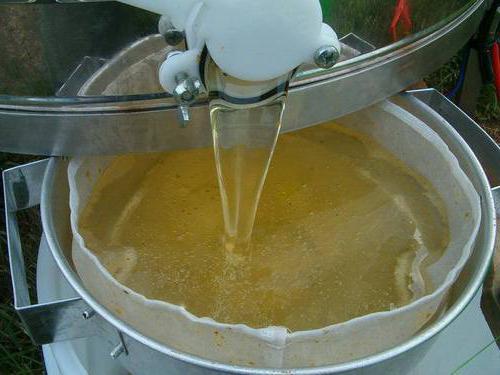

It stands out most actively in cloudy weather, after rains, but at this time the sugar concentration sharply decreases (up to 40%). Nectar is released abundantly at a temperature of +15 degrees, while the sugar content in it increases to 65 percent. And in sunny and dry weather, the release of this valuable product practically stops.
Benefit
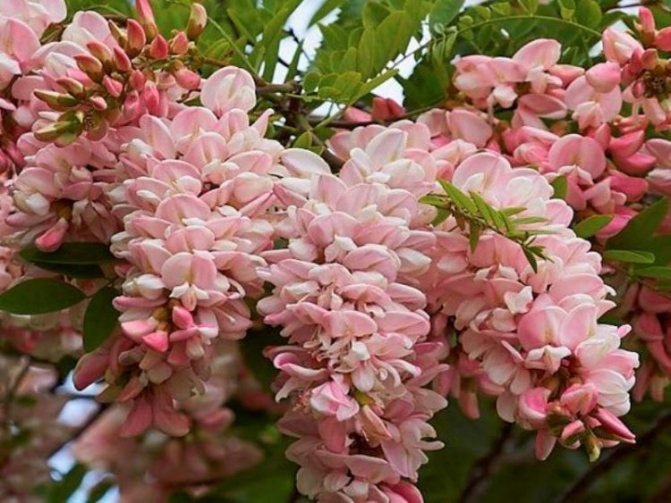

In addition to the excellent protective performance for the area where acacia bushes or trees are planted, you should pay attention to other properties of the plant. Properly cooked roots, seeds, bark, flowers and leaves of acacia will have a positive effect on:
- Muscles. Eliminates inflammation and muscle pain, allowing you to increase physical activity during training without negative consequences.
- The cardiovascular system. Normalizes heart function and prevents the development of various diseases.
- Teeth and bronchi. Treatment and prevention of diseases of the oral cavity. Preventing the development of bacteria and inflammation in the mucous membrane.
- Gastrointestinal tract. It removes toxins from the body and reduces intestinal irritability.
- Kidneys and bladder. Restores damaged kidney tissue and suppresses oxidative processes.
- Leather. Increases the rate of wound healing and eliminates ulcers.
Tree-like


Treelike acacia is often called yellow or dwarf, despite the fact that the growth of the shrub can reach up to 5-7 m in height. In Russia, it is also customary to call it "pea" because of the appearance of the inflorescences in the warm season. There are few leaves on the tree, only 5-6 pairs on one leg. Flowers are yellow, medium-sized, which are attributed to the moth species. The name came about because of the branches that bend and go down. The tree is very useful for its properties, which are used in medicine.
It is not difficult to care for the tree-like acacia. It decorates household plots well and creates good shade. Wood likes direct sunlight and has no problem in contact with other plants in the neighborhood.At the beginning of the growth of the seedling, it is important to form the correct crown and remove excess shoots in time, which begin to grow actively in the warm season. The tree is completely unpretentious in care or watering at a more mature age. Reacts favorably to mineral or peat fertilizers. In the cold season, it is better to take care of its root system, additionally covering the ground with leaves or a film.
The nuances of forming a live fence
Pruning the crown. Pruning acacia yellow allows you to form the crown, increase the splendor of the plant, and stimulate plant growth. There are three types of this process: shaping, sanitizing, crown rejuvenation.
Form trimming allows:
- give the acacia bush a certain shape;
- limit further growth;
- regulate flowering;
- prevent the appearance of dry branches;
- eliminate thickening;
- protect acacia from diseases and pests.
Acacia can be given a conical, cubic, columnar, spherical, parallelepiped shape.
Rejuvenating acacia pruning allows you to remove old branches from a living fence. This procedure promotes the development of the root system, stimulates the body.
Hedge formation begins in the first year of planting. First, the annual growth is cut off, the lower kidneys are partially left. Video:
Advice! Acacia pruning is carried out 2-3 times in one season. After the shrub reaches its decorative age, pruning is performed in the spring (before bud break) and autumn (after the foliage has fallen off).
To improve the appearance of decorative acacia fencing, periodic sprinkling is important. This measure allows you to refresh the leaf crown, remove dust, improve metabolic processes, remove spider mites and aphids from acacia.
With the complex care of a decorative fence made of such a shrub, following the feeding and watering regimes, this plant will delight its owners with beautiful flowering, pleasant smell, and amazing tenderness. With the help of an ornamental shrub, a piece of real paradise will appear on your backyard territory.
- Indoor plants in the interior
- Landscaping and gardening of the site
- Office greening
- Conifers in landscape design
Chinese


Chinese or Farnese acacia - a large and voluminous shrub, capable of reaching up to 9-10 m in height. It has small and small leaves that create neat pairs and form all the foliage on the tree. It gives all its vitality to fluffy and colorful yellow flowers. During the flowering season, they emit a delicate aroma, reminiscent of both raspberries and violets. The tree loves to live in warm regions, where warmth prevails and there are no severe frosts from October to March.
Chinese acacia will decorate the garden of avid lovers of cultivating exotic varieties of acacia. This species needs good lighting and does not tolerate neighborhood with other tall and twisting trees. Farneza is absolutely resistant to heat and summer drought. Additional watering will not damage the tree only during the period of active flowering. It is important to fertilize the soil in the spring with peat and organic fertilizers. If the cold season promises to drag on or threatens with severe frosts, the tree is additionally insulated with foil or burlap. The root system can be preserved with opal leaves, which are placed closer to the trunk of the tree. Decayed leaves will be a good fertilizer for Chinese acacia.
Useful video
In these videos, you can learn more about the plant:
Useful materials Below is a list of articles that may be useful to you:
If you find an error, please select a piece of text and press Ctrl + Enter.


Discreet at first glance, a shrub with small foliage - yellow acacia is well known to every gardener. It is known as caragana tree, chili, pea and pea, and poetic descriptions of this plant can often be found in literature. The culture is distinguished by unpretentiousness, the ability to take root in any area and in the most remote corner, transforming it beyond recognition. In addition, the blooming caragana is an early honey plant and emits a fragrant aroma.

